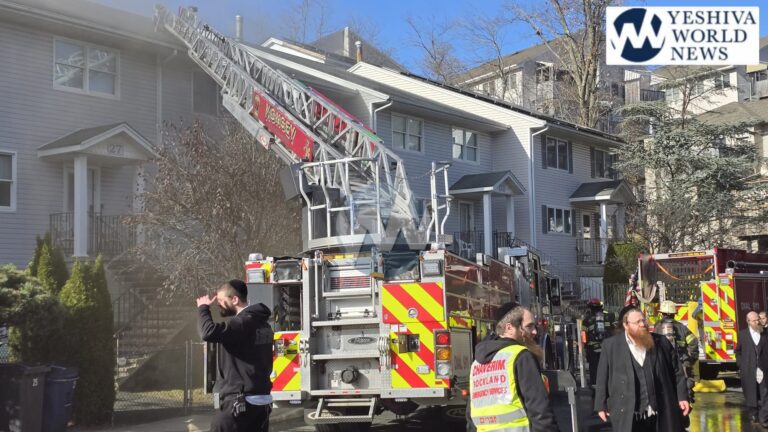 Responding to recent incidents in which airliners vanished, U.S. accident investigators recommended Thursday that all passenger planes making long flights over water carry improved technology that will allow them to be found more readily in the event of a crash.
Responding to recent incidents in which airliners vanished, U.S. accident investigators recommended Thursday that all passenger planes making long flights over water carry improved technology that will allow them to be found more readily in the event of a crash.
Prompted in part by the disappearance of Malaysia Airlines flight 370 and its 239 passengers and crew last March, the National Transportation Safety Board said one way that could be accomplished is with tamper-resistant transmitters that send a plane’s location minute by minute via satellite.
It also asked that the government require that planes carry low-frequency underwater beacons whose signals are more easily detected by search vessels. And it wants them to have longer-lasting batteries that can function for at least 90 days after a crash, instead of the 30 days currently required.
The board also asked the government to require that planes be equipped with cockpit video recorders.
But even with such technologies, black boxes trapped under thousands of feet of water can be difficult to find and retrieve. The board suggested that black boxes could be made ejectable, so they would float on the surface with a locator beacon.
Another possibility would be to require that planes, just before crashing, transmit crucial data, including airspeed, altitude, pitch and whether the engines were operating. Joe Kolly, NTSB’s director of research and engineering, said it is possible to automatically send such information if something catastrophic goes wrong with the plane.
While the board said the technology is available, cost may be a barrier to its recommendations. Missing planes are rare, and none of the recent ocean crashes in which planes were hard to find involved U.S. airliners. The Federal Aviation Administration often has a hard time justifying new regulations unless it can show that the value of saved lives outweighs the cost to the industry.
Many airliners already have flight-tracking devices. The Malaysia Airlines Boeing 777, which remains missing, was equipped with a digital data-link system that can be configured to automatically report aircraft position periodically to a ground station via satellite. But the airline wasn’t paying for that service when the plane disappeared.
Air France Flight 447, which crashed into the Atlantic Ocean on June 1, 2009, killing 228 passengers and crew, also had such a system, and it was in use. However, it was configured to report the plane’s position once every 10 minutes. Given the plane’s speed and altitude, this resulted in a search area of 40 nautical miles from its last reported position.
“Such a large area made the search much more challenging,” the board said in a letter to the FAA. If the plane had reported its position every minute, the search area could have been reduced to a 6-nautical-mile radius, which is the board’s aim.
Even though some Flight 447 wreckage was discovered within days, it took nearly two years before Flight 447’s black boxes were recovered. In 2011, Air France modified its data-link communications systems on certain long-haul planes to report their position every minute.
Other options include systems that continually broadcast their identification, current position, altitude and speed to air traffic controllers and other aircraft using satellite links. The FAA has required that all U.S. airliners be equipped with such systems by 2020 as it transitions from a radar-based air traffic control system to one based on satellite technology, although some airlines have complained that they need more time.
(AP)











3 Responses
Ah! Such geniuses! Why did nobody ever think of this before?! Also, if the black box can survive a crash, why don’t they make the whole plane out of the same material?
As an international logistics professional, I would like to comment on this article.
Planes already do carry such technology. When AirFrance flight 447 crashed in 2009, the plane had indeed been transmitting data. That is how investigators knew fairly quickly that two on-board computers had malfunctioned. This plane was also an AirBus 320, and was flying over the South Atlantic in similar conditions. In 2003, an Airbus 320 malfunctioned similarly. However, the weather was clear, and the pilots were able to correct the malfunction. However, with the strong winds, and currents, Air France flight 447 was unable to compensate. It appears likely that there was a similar problem. When a plane’s computer malfunctions, the mechanisms that transmit this data may stop functioning. The problem with this plane was not the lack of tracking technology. It was a lack of trained personal to interpret the data. It was also during a thunderstorm when radar signals receive interference from the storm. Editors, Please review and check your facts. Also, make sure to cite your sources. Many in our community rely solely on frum news websites and papers for their news, and so it is vital that articles be accurate.
They should focus more on how to not have the plane crash in the first place.